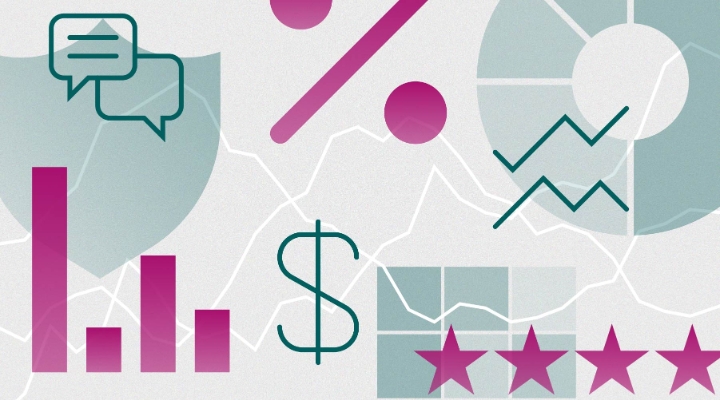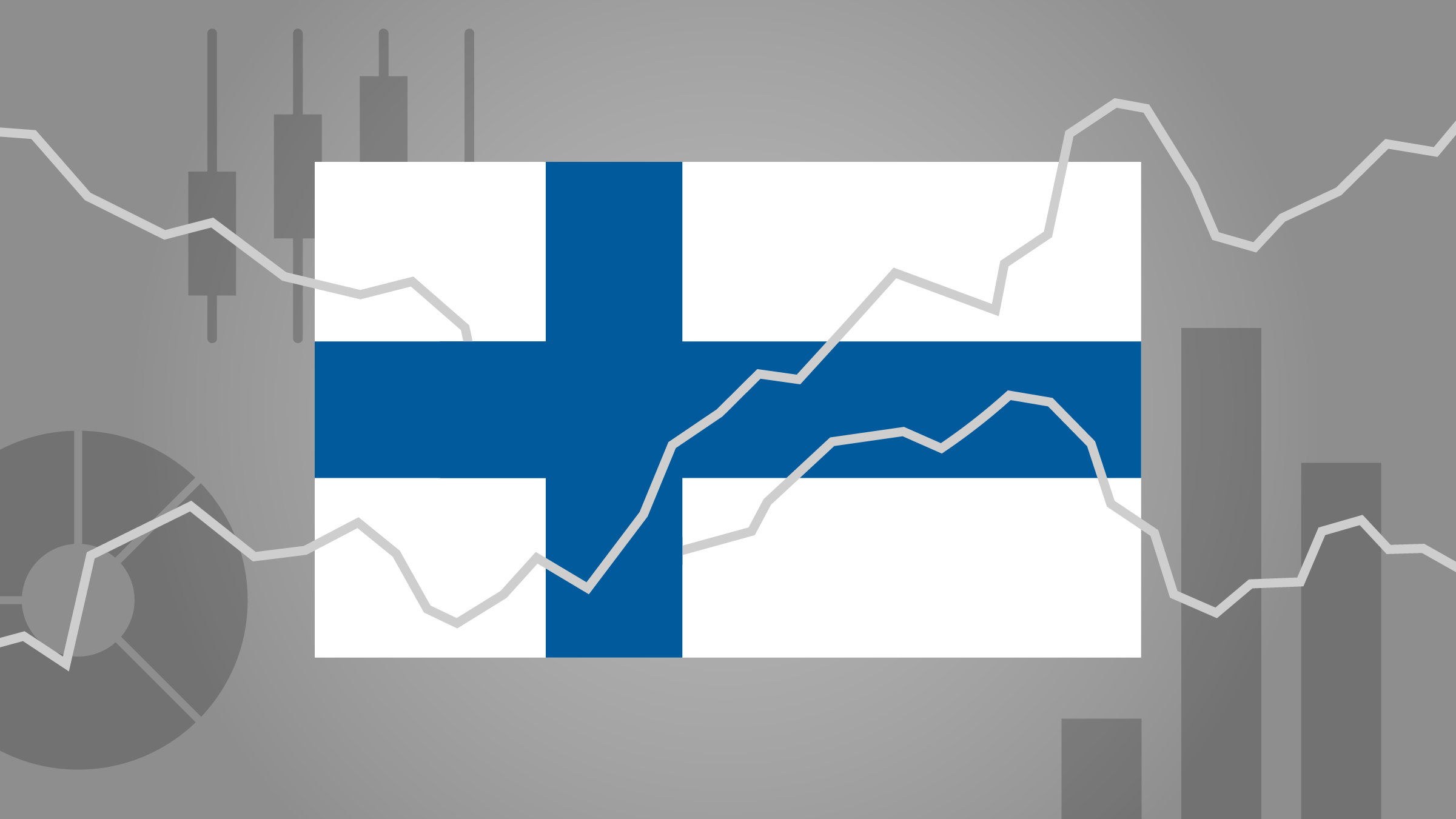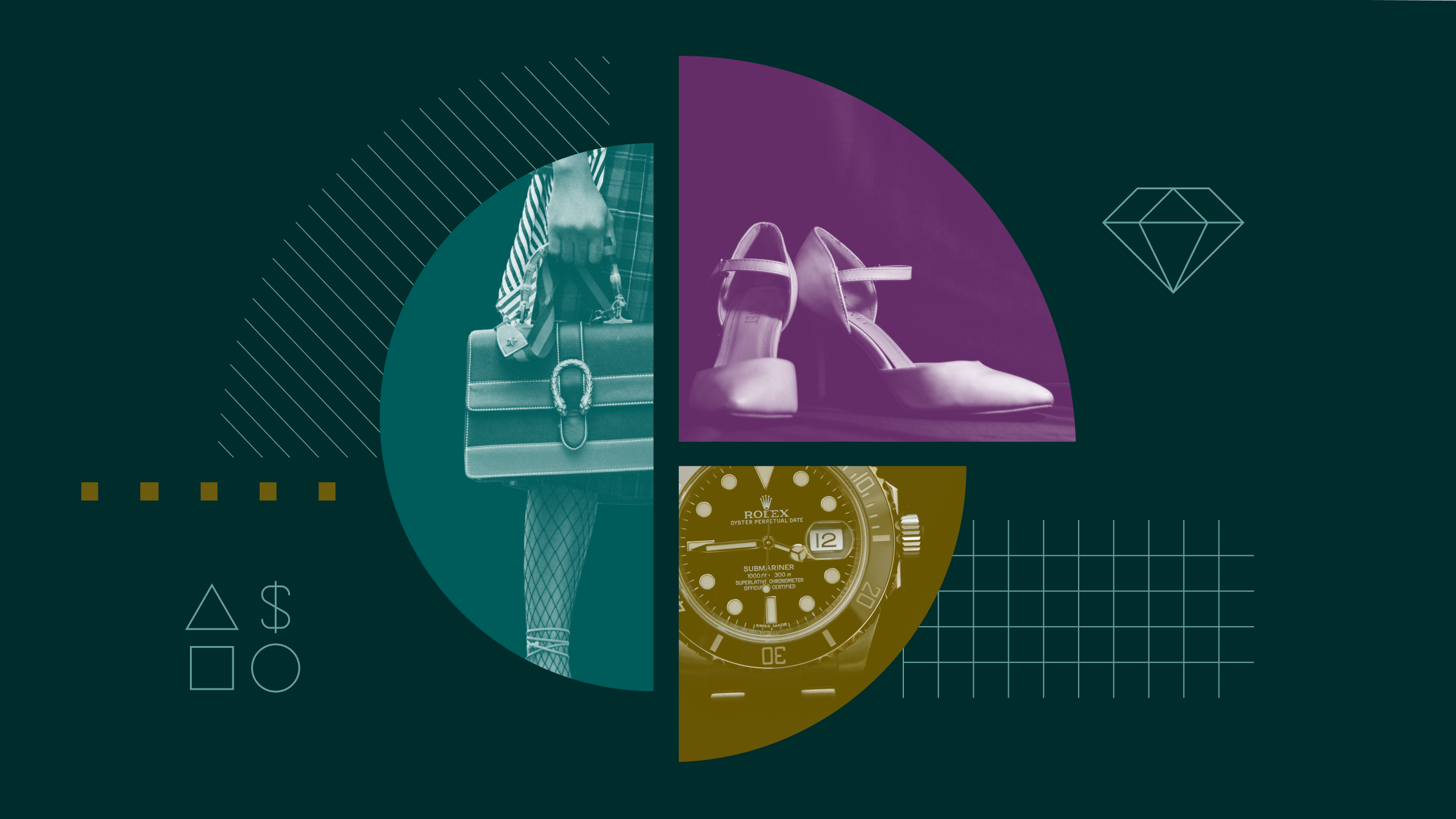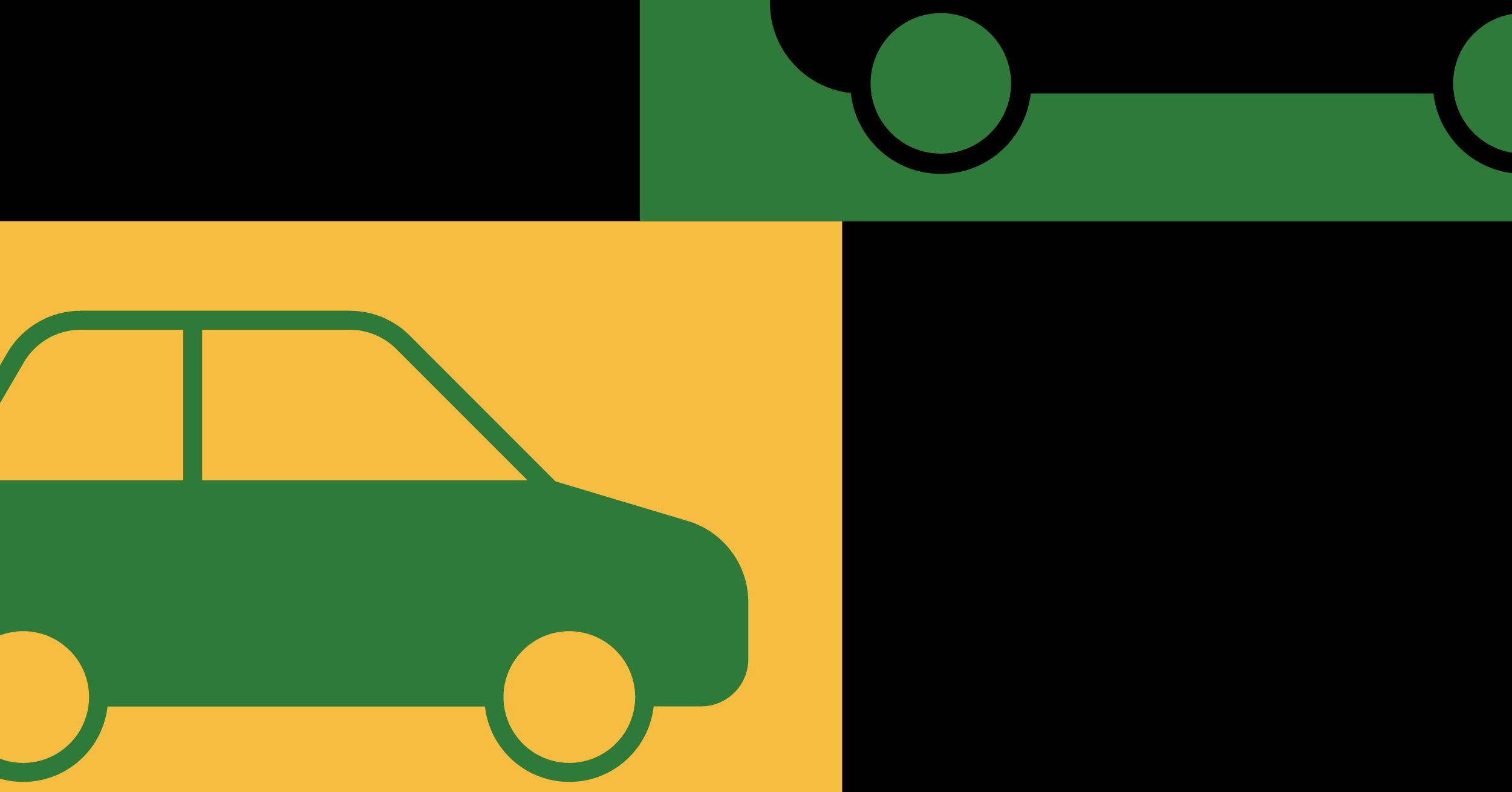Morningstarin analyytikot ovat ottaneet Koneen analyysinsä alle. Koneen osakkeen käyväksi arvoksi katsotaan 38 euroa, kun päätöskurssi 30. marraskuuta oli 41,17 euroa. Kone onkin nykyhinnallaan yliarvostettu, Morningstarin analyytikot katsovat.
Kone kuuluu niihin harvinaisiin yhtiöihin joilla on "wide moat", "leveä vallihauta" eli vahva kilpailuasema, joka suojelee yhtiön voittomarginaaleja.
Morningstar on ottanut myös Koneen kilpailijan Schindlerin myös arvioitavakseen. Myös Schindlerin kilpailuasema katsotaan vahvaksi ja osake yliarvostetuksi.
Morningstarin Kone-analyysin keskeiset kohdat, analyytikkona on Denise Molina, CFA.
We are initiating coverage on Kone with wide moat and stable moat trend ratings, and we view the shares as overvalued relative to our EUR 38 per share fair value estimate. We think Kone possesses a wide moat based on intangible assets and cost advantage. Even though elevators made by the top manufacturers lack a high degree of differentiation, differences in reputation and established track record are both critical to winning bids for new building-construction projects. Kone can provide unique solutions to suit an individual project’s idiosyncrasies regarding, for example, building height, narrowness of an elevator shaft, or high-intensity building usage. In some markets, such as Scandinavia, it secures multiproject framework contracts, an example of the strength of its relationships with local developers.
We think Kone has a cost advantage in its service network over new entrants. It has approximately 1 million elevators installed and derives about 30% of its revenue from servicing a portion of its own installed base, as well as some of its competitors' equipment. It generates a further 13% from performing modernisations or overhauls of older elevators. Service-network density, or how many buildings per square metre a service provider has under contract, is an advantage that Kone has over smaller players, as it plays a critical role in a contract's profitability.
Our explicit forecast period through 2020 reflects our view that services (maintenance and modernisation) revenue growth will outpace new installation growth. This is a reversal from the last 10 years, when new-installation revenue exhibited a 14% CAGR, and service grew on average by 7%. From 2017 to 2020, we expect new-installation revenue to grow by 2% and service revenue by 6%. Overall, we expect revenue growth in the next four years to slow to a 4% CAGR from an 8% average since 2010. On the other hand, we expect Kone’s EBIT margin, which is currently around 14%-15%, to remain stable.
Going forward, the company’s revenue mix in China will shift to higher-margin service revenue, benefiting from an attractive cost of labour. However, for two reasons, we do not factor in margin expansion at the group level. First, the Chinese market is undergoing pricing pressure, and we would expect this to accelerate as the market slows. With its brand, we expect Kone to retain some pricing power but do not expect it to be completely immune from discounting. Second, Europe contributes nearly 40% of group revenue, and in recent years has primarily constituted a high-margin service revenue market. In the medium term, the company’s European revenue mix should also change, but perhaps more gradually, with a weighting towards lower-margin new installations or modernisations, updating the large base of ageing elevators.























